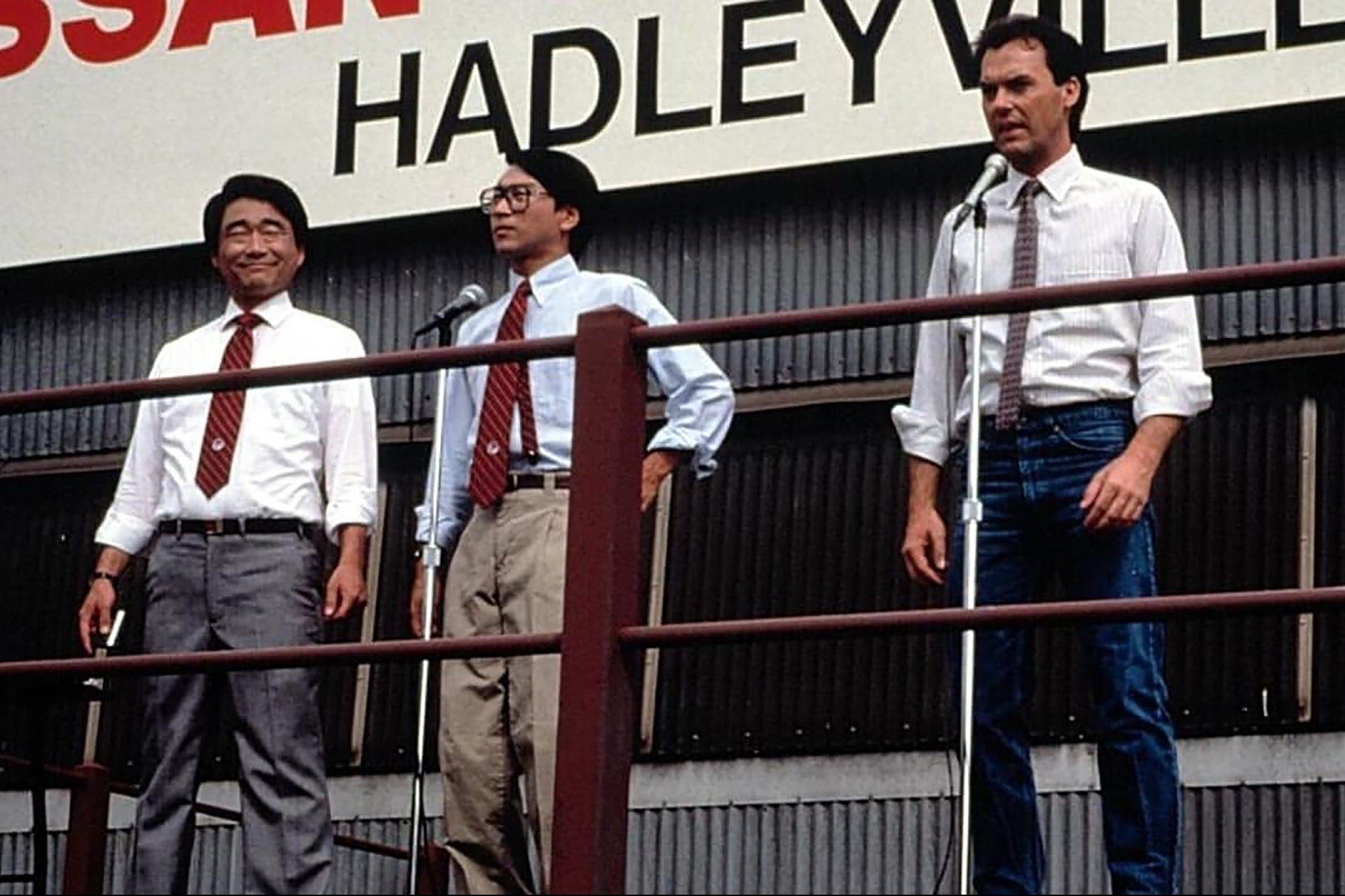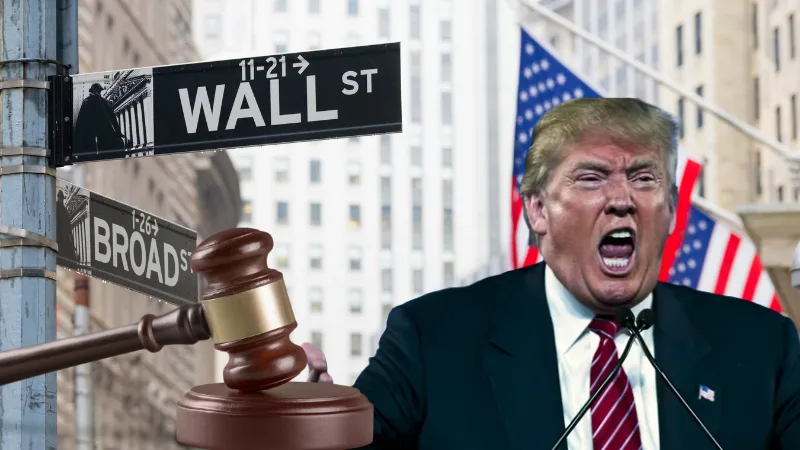Big Steel’s Big Shift: U.S. Steel’s Historic Sale to Nippon
The Big Deal: A New Chapter in Steel History
In an extraordinary twist in the tale of American industry, U.S. Steel, once the titan of global corporations, is set to be acquired by Nippon Steel, Japan’s steelmaking leader, in a staggering $14.1 billion transaction. This move not only turns a page in U.S. Steel’s 122-year-old saga but also reshapes the narrative of an industry once synonymous with American economic power.
From Peak to Pivot: U.S. Steel’s Journey
Once the world’s largest company, U.S. Steel symbolized American industrial prowess. However, times have changed. Outpaced by Nucor Steel, U.S. Steel lost its crown as America’s steel king. David Burritt, U.S. Steel’s CEO, sees this deal as a strategic win, promising a rejuvenated global presence while maintaining competitive American steel operations.
Keeping the Legacy Alive
Despite the Japanese acquisition, U.S. Steel will retain its iconic name and Pittsburgh headquarters. But this doesn’t quell all concerns. The United Steelworkers union and some politicians are wary of foreign control, emphasizing national and economic security.
A Union’s Stand
The United Steelworkers, representing 11,000 U.S. Steel members, is openly critical. They prefer a domestic deal, advocating for worker-focused American ownership over foreign interests. Their next move? Pushing regulators to scrutinize the deal for its alignment with U.S. interests.
Political Voices in the Mix
The deal has triggered bipartisan political backlash, particularly in states where steel is a lifeline. Ohio’s JD Vance and Pennsylvania’s John Fetterman are vocal opponents, citing national security and community welfare concerns. They promise a robust challenge to the foreign takeover.
U.S. Steel’s Historical Might
Founded in 1901 by industry giants like J.P. Morgan and Charles Schwab, U.S. Steel was a symbol of wealth and industrial dominance. It played a pivotal role in America’s rise as an economic superpower but eventually couldn’t keep pace with technological advances and global competition.
The Rise of New Competitors
The story of U.S. Steel is one of technological stagnation and underestimation of competition. Its late adoption of modern steelmaking methods, compared to agile and innovative rivals, marked the beginning of its decline.
An Industry Transformed
Today, the steel industry faces not just competitive but also environmental challenges. As the world shifts towards sustainable practices, traditional steelmakers struggle to adapt.
The Future: What This Deal Means
This acquisition represents more than just a corporate transaction. It’s a sign of changing times in the global economy, where traditional manufacturing giants give way to new players and technologies. For U.S. Steel, it’s an opportunity to reinvent itself in a modern landscape, but for the industry and the communities involved, it’s a moment of significant transition and reflection.





